How to Get Rid of African Lovegrass in Your Lawn
African Lovegrass (Eragrostis curvula) is a tufted, grassy weed that’s most prevalent in Australian pastures and grazing land, but it can impact home lawns too. Originally ...

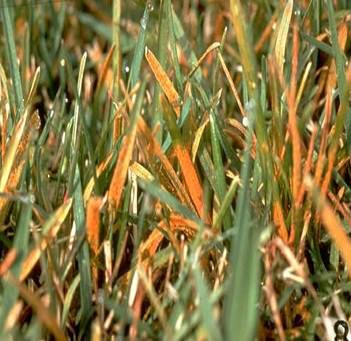 Lawn rust is a common fungal lawn disease that can turn normally healthy green grass an unpleasant shade of yellow.
Lawn rust is a common fungal lawn disease that can turn normally healthy green grass an unpleasant shade of yellow.
It can quickly spread and, because it interferes with the ability of plants to photosynthesise and grow, cause turf to weaken and thin.
Lawn rust is most commonly found during humid weather in spring, late summer or autumn, and in lawns that are stressed, underfed or improperly watered.
At its worst, lawn rust can result in dieback, leaving bare patches that will need to be repaired.
Fortunately, it is one of the easiest diseases to get rid of, especially when addressed early on.
The first step in treating lawn rust is identification.
Lawn rust can seemingly appear overnight. It starts off as yellowing of the grass blades, developing as patches of orange to brown dust on the leaf. If you gently rub an infected leaf between your fingers, the powdery dust will come off, but the leaf remains discoloured.
In advanced cases of lawn rust, orange pustules can appear on the blade. They may turn black as winter approaches and will eventually burst, releasing numerous spores.
The tiny spores can spread easily on the wind or by sticking to shoes, clothing, garden tools, pets and even insects.
All grass types can develop lawn rust, although some are affected more than others.
There are several methods for treating lawn rust. In most cases, it can be fixed in a matter of weeks by changing how the lawn is managed.
There are three things you can do:
If all else fails, there are several fungicides that can be used as a lawn rust treatment. myhomeTURF recommends products containing the active ingredient mancozeb, which should always be applied according to the directions on the label.
Ensuring you have a strong, healthy lawn provides the best defence against attacks from pests and diseases like lawn rust.
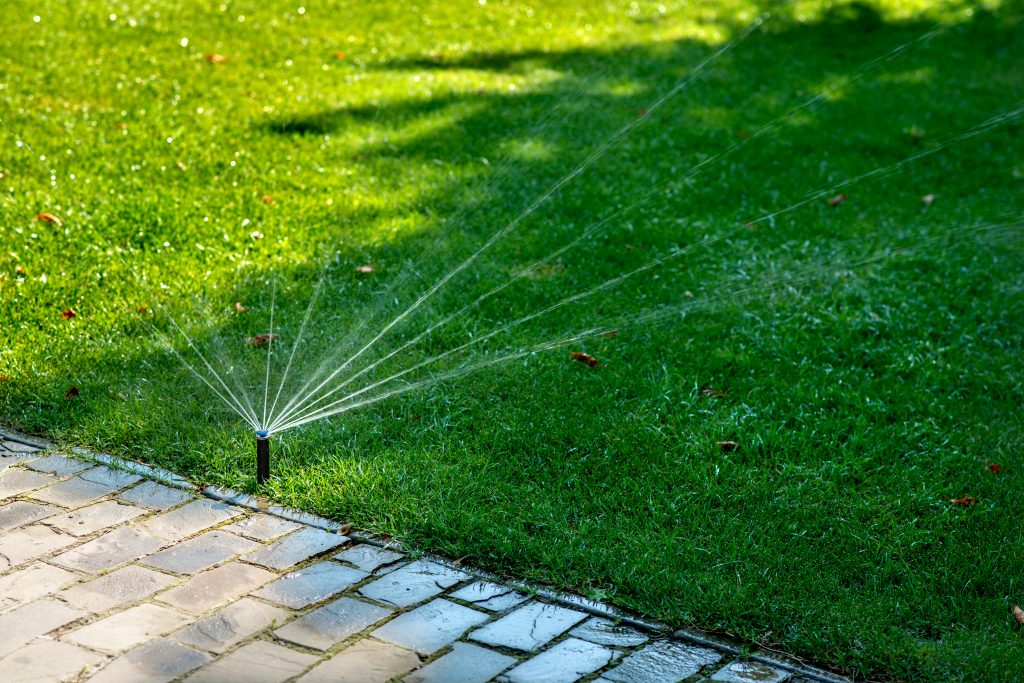 Most varieties need about 2.5cm-4cm of water each week from rainfall or irrigation. But rather than watering grass frequently for short periods, get into the habit of giving it a good soaking less often. Lawns don’t need daily watering, so try pushing it out two or three times a week.
Most varieties need about 2.5cm-4cm of water each week from rainfall or irrigation. But rather than watering grass frequently for short periods, get into the habit of giving it a good soaking less often. Lawns don’t need daily watering, so try pushing it out two or three times a week.
Turf will tell you when it needs water – look for slight curling of the leaves which might appear faded. If you’re not sure, try walking across the lawn. If it needs water you’ll be able to see footprints where you’ve been. If the blades spring back into the shape it’s a sign the grass has access to enough moisture.
Deep watering encourages the roots to grow deeper, making the plants more resistant to dry periods, so aim to get water into the soil below the root zone, to a depth of 15-20cm.
When using automatic sprinklers, regularly double-check they’re delivering the right amount of water – not too little and not too much – and there are no overlaps or missed areas.
Warm, cloudy and humid weather, or even cool nights with heavy dew or frequent rain that keeps the grass damp, can encourage fungal diseases like lawn rust.
If you can, set the timer to water lawns in the morning, not at night. This gives grass the opportunity to absorb water before it evaporates and dry off any excess during the day.
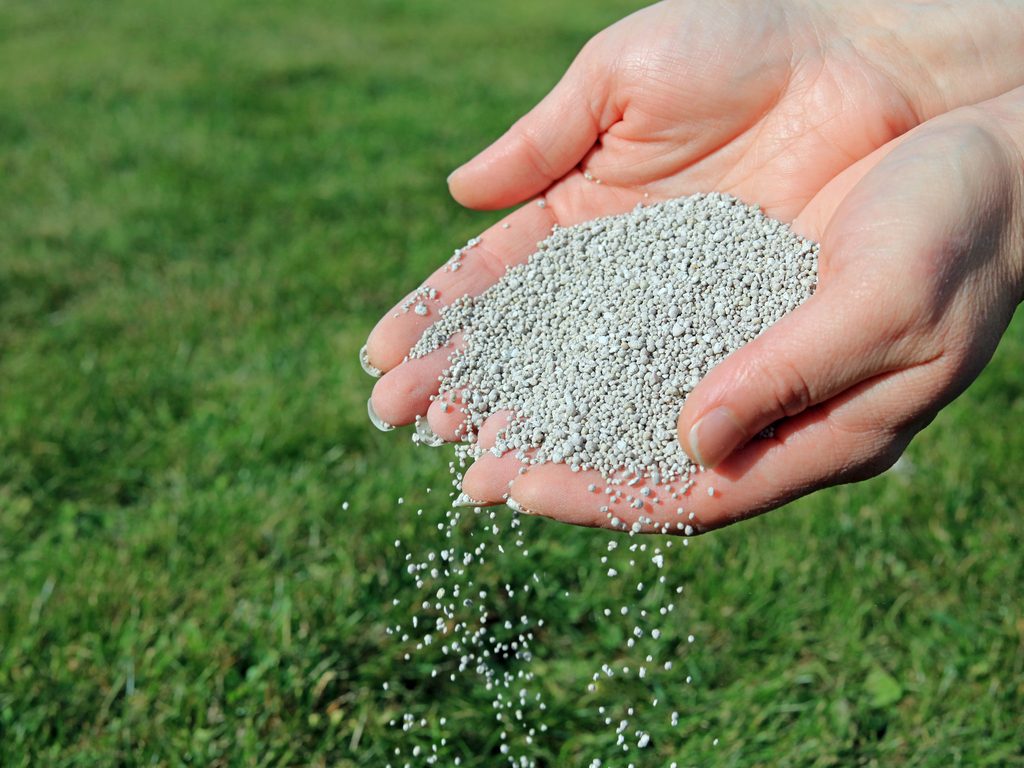 A vigorously growing lawn that receives regular applications of nitrogen-based fertiliser will be much more resistant to fungal diseases like lawn rust.
A vigorously growing lawn that receives regular applications of nitrogen-based fertiliser will be much more resistant to fungal diseases like lawn rust.
Aim to feed the lawn four times a year.
Twice in spring and again in late summer and autumn, with a slow-release product suited to the variety and soil types it’s growing in.
As a rule of thumb, mowing should remove only one-third of the grass.
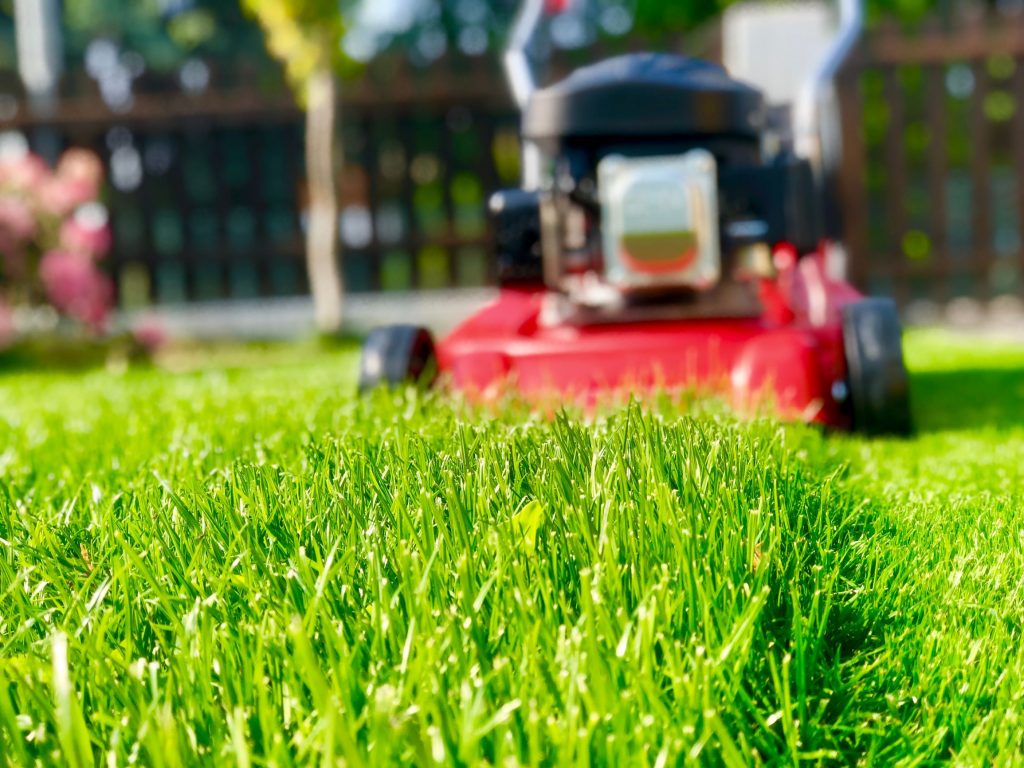 Regular mowing encourages better air circulation and can stop the disease in its tracks. Use a catcher or rake up clippings and dispose of them to prevent the disease from developing under the clumps.
Regular mowing encourages better air circulation and can stop the disease in its tracks. Use a catcher or rake up clippings and dispose of them to prevent the disease from developing under the clumps.
Trim trees or shrubs that hang over the lawn to improve airflow and expose the grass to sunlight.
If thatch is thick, break it up with a thatching rake and use an aerator to reduce soil compaction. This makes it easier for water and fertiliser to reach the roots and stops water from sitting on top where it can encourage fungal diseases like lawn rust.
There are more mowing tips here and here.
Last but not least, maintain good garden hygiene by regularly cleaning mower blades and other garden tools which can transfer disease.
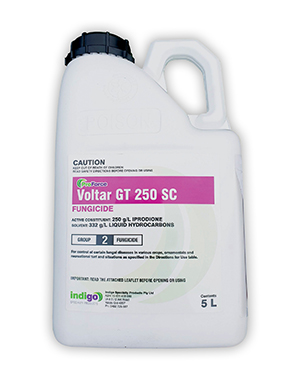
Indigo Voltar Fungicide 5L is a broad-spectrum Fungicide with the active ingredients of Iprodione (250g/L) and Liquid hydrocarbons (332g/L). Suitable for Zoysia, Kikuyu, Couch and Buffalo grasses. Always read the safety directions and instructions on the product label before use.
SHOP NOW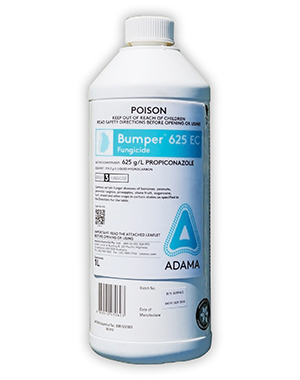
Bumper 1L liquid is a superior Fungicide for use on Couch grasses with an active ingredient of Propiconazole (625g/L) making it an ideal economic option for the control of Dollar Spot and Spring Dead Spot. Always read the safety directions and instructions on the product label before use.
SHOP NOW